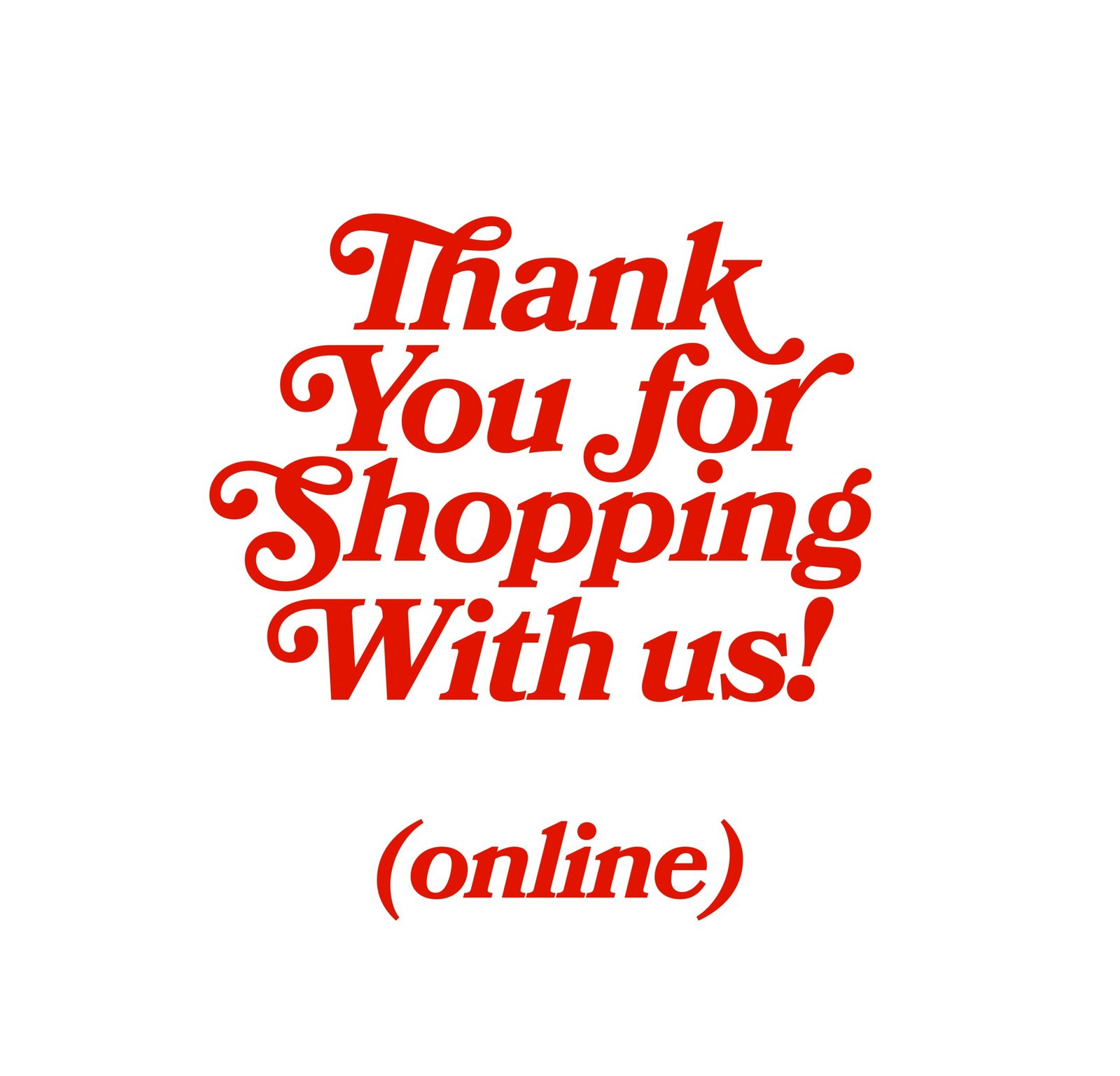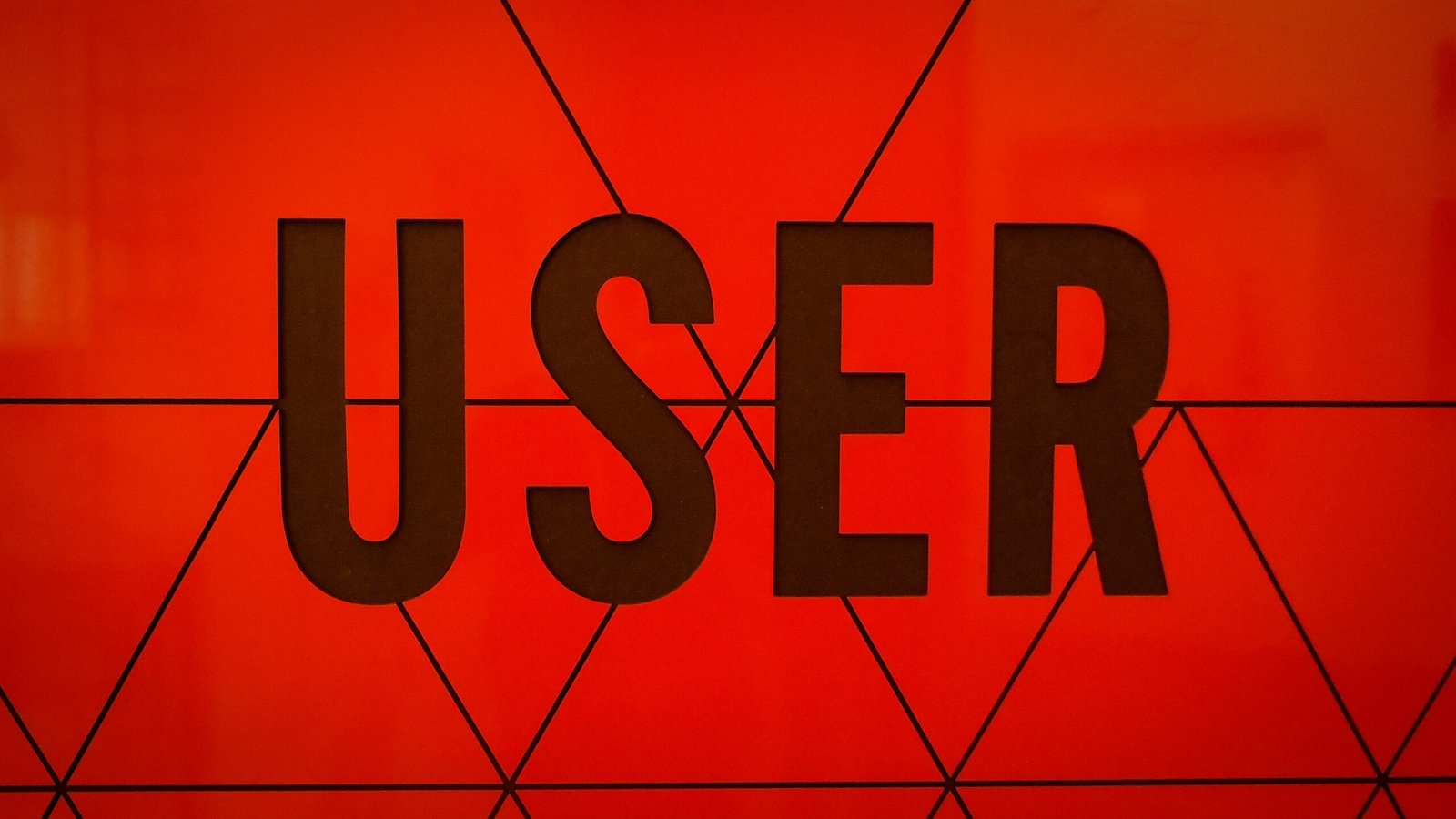Harnessing the Power of E-Newsletters to Drive Traffic to Your B2B E-Commerce Brand
Introduction to E-Newsletters
E-newsletters have emerged as a vital communication tool within the B2B e-commerce landscape. They serve as an electronic format that delivers relevant and engaging content directly to the inboxes of potential and existing customers. This strategic approach allows companies to connect with their audience instantly and regularly, fostering a relationship built on trust and value. By providing targeted information, such as product updates, industry news, and special offers, e-newsletters can significantly contribute to a brand’s overall marketing strategy.
The relevance of e-newsletters cannot be overstated, especially in the context of B2B e-commerce. Businesses frequently rely on various channels to reach clients and partners, and e-newsletters provide an efficient way to communicate. Unlike traditional marketing methods, e-newsletters allow for a more personalized and segmented outreach. This means that businesses can tailor their message based on the interests and behaviors of different customer segments, enhancing engagement and response rates.
Furthermore, e-newsletters operate as a continuous line of communication, enabling businesses to establish a regular touchpoint with their audience. This consistent engagement helps nurture leads, ultimately guiding them through the sales funnel. E-newsletters also encourage interactivity; incorporating calls to action can drive recipients to the company’s website or social media pages, thereby increasing traffic and potential conversions.
In essence, e-newsletters represent a cost-effective and efficient means of communication for B2B e-commerce brands. By integrating informative content with marketing initiatives, companies can leverage e-newsletters to increase customer engagement, strengthen brand loyalty, and drive traffic to their websites. This medium not only enhances the customer experience but also directly contributes to the overall success of a B2B e-commerce strategy.
Understanding B2B E-Commerce
Business-to-Business (B2B) e-commerce refers to online transactions conducted between companies rather than between a company and individual consumers. This sector displays unique characteristics that differentiate it from Business-to-Consumer (B2C) commerce. One of the most significant distinctions lies in the complexity of transactions. B2B sales often involve larger volumes and higher values, necessitating detailed negotiations, custom pricing, and specialized services that cater to the unique needs of businesses.
In the B2B landscape, the decision-making process is generally longer and more intricate, often involving multiple stakeholders and various layers of approval. As a result, nurturing leads and developing solid customer relationships play a crucial role in this arena. Companies must focus on creating value throughout the customer journey— from awareness to post-purchase support. This requires a comprehensive understanding of clients’ needs, preferences, and business goals.
Effective marketing strategies are paramount for B2B e-commerce brands to foster these relationships. Among these strategies, e-newsletters have emerged as a powerful tool. They provide a platform for companies to share valuable content, industry insights, and promotional offers directly with their audience. By delivering informative and engaging communications, B2B e-commerce brands can maintain ongoing interactions with potential clients and existing customers, thereby reinforcing relationships.
Moreover, e-newsletters serve as a means for businesses to capture attention in an increasingly competitive market. By delivering tailored content that speaks to the interests and pain points of their audience, B2B companies can build trust and authority within their industry. This ultimately translates to driving traffic to their e-commerce platforms and enhancing their conversion rates. In a landscape where connections and relationships are paramount, the integration of e-newsletters into a broader marketing strategy is essential for success in B2B e-commerce.
The Benefits of E-Newsletters for B2B Brands
E-newsletters have emerged as a vital tool for B2B brands seeking to enhance their digital presence and engage effectively with their target audience. One of the primary advantages of e-newsletters is the ability to increase brand awareness. By consistently sharing valuable content, such as industry insights, product updates, and educational resources, brands can establish themselves as thought leaders in their respective fields. This continual interaction keeps the brand top-of-mind for prospects, facilitating future business opportunities.
Customer retention is another significant benefit derived from effective e-newsletter campaigns. Regular communication helps businesses nurture relationships with existing customers by providing them with valuable information tailored to their interests. This can lead to higher customer loyalty and repeat purchases as recipients feel more connected to the brand. Moreover, e-newsletters often include personalized content which further enhances the customer experience, making it evident that the brand acknowledges their individual needs.
Lead generation is an essential aspect of any B2B marketing strategy, and e-newsletters play a crucial role in this regard. By including calls-to-action (CTAs) that encourage recipients to visit product pages or engage with the brand on social media, e-newsletters can effectively drive website traffic. Tracking metrics such as open rates, click-through rates, and conversion rates can provide insights into the effectiveness of the content being shared. For instance, studies have shown that e-newsletters can yield a return on investment (ROI) that surpasses many other marketing channels, proving their importance in driving traffic and generating leads.
In conclusion, the strategic use of e-newsletters offers multifaceted benefits for B2B brands, including enhanced brand visibility, improved customer retention, and effective lead generation. This powerful marketing tool, when executed thoughtfully, can significantly impact overall marketing success and elevate a brand’s position in the competitive e-commerce landscape.
Crafting Compelling Content for E-Newsletters
In the world of B2B e-commerce, the significance of high-quality, relevant content in e-newsletters cannot be overstated. E-newsletters serve not only as a means of communication but as strategic tools for driving traffic to your online brand. To make e-newsletters truly effective, the content must captivate readers from the moment they see the subject line to the final call to action.
Starting with the subject line, it is crucial to craft attention-grabbing phrases that pique interest and encourage email opens. A compelling subject line often contains actionable language, intriguing questions, or urgent assertions that resonate with the target audience. Incorporating keywords relevant to your audience can enhance search visibility and relevance, thereby increasing open rates. Moreover, personalization has proven to further enhance engagement; using the recipient’s name or reference to specific interests can make them feel directly addressed.
Once the recipient engages with the e-newsletter, the content within should maintain that momentum. Engaging articles that provide valuable insights, industry trends, or solutions to common pain points are essential. Emphasizing the relevance of the content to the target audience’s needs can significantly amplify reader interest. Utilizing bullet points, subheadings, and concise paragraphs will enhance readability, ensuring that information is easily digestible.
To drive traffic effectively, include clear and compelling calls-to-action (CTAs). These CTAs should not be overlooked; they act as navigational signs leading recipients to your website. For maximum effectiveness, the CTAs should be strategically placed within the e-newsletter and encourage specific actions, whether it be visiting a product page, reading a blog post, or signing up for a webinar. By utilizing these strategies, e-newsletters can transform from mere emails into powerful instruments for engaging prospects and customers alike.
Designing Effective E-Newsletter Layouts
Creating an effective e-newsletter layout is crucial for capturing and maintaining the attention of your audience. A well-structured design not only enhances the visual appeal but also improves readability and encourages engagement. The first step in designing your e-newsletter is to establish a clean and organized layout. This means using a grid system to create uniform sections that are easy to navigate. Ensure that each section has a clear purpose and is distinguishable from others, allowing readers to quickly find the information they seek.
Graphics play a significant role in the overall look and feel of your e-newsletter. High-quality images relevant to your content can capture your audience’s attention and drive more traffic to your B2B e-commerce brand. Use images judiciously, with a balanced mix of visual elements and text to avoid overwhelming your readers. Additionally, optimizing images for faster loading times is vital, as slow-loading graphics can deter users from engaging with your newsletter.
Responsive design is another essential factor to consider when designing e-newsletters. With a growing number of users accessing content on mobile devices, ensuring that your newsletter is mobile-friendly can significantly enhance the reader experience. Use scalable fonts, fluid layouts, and touch-friendly buttons to cater to different screen sizes. Test your e-newsletter across various devices and email clients to confirm that it appears correctly and maintains its effectiveness.
Lastly, incorporating a clear call-to-action (CTA) is necessary for directing readers to your website. Position your CTA areas strategically within the layout, making them stand out without being intrusive. The combination of thoughtful design, engaging graphics, and a responsive format can substantially increase the effectiveness of your e-newsletter, driving more traffic to your B2B e-commerce brand. In conclusion, careful consideration of layout, graphics, and responsiveness can enhance reader engagement and bolster your marketing efforts.
Segmenting Your Audience for Better Engagement
In the realm of B2B e-commerce, the effectiveness of e-newsletters largely hinges on the ability to engage the audience effectively. One of the most pivotal strategies to enhance engagement is audience segmentation. By categorizing subscribers based on various factors such as demographics, behaviors, and interests, B2B brands can craft personalized communications that resonate more deeply with each recipient. This targeted approach not only fosters stronger relationships but also drives increased traffic to the brand’s website.
Demographic segmentation involves dividing the audience based on quantifiable characteristics such as age, gender, location, and job title. Understanding these attributes allows businesses to tailor their e-newsletter content in ways that speak directly to the needs and preferences of different groups. For instance, content relevant to a marketing professional may differ significantly from that intended for logistics managers. This ensures that the messaging is both applicable and compelling.
Behavioral segmentation takes this a step further by analyzing how subscribers interact with previous newsletters and other communication channels. Factors such as open rates, click-through rates, and browsing patterns on the website provide invaluable insights. By assessing these behaviors, B2B brands can identify which segments of the audience are most engaged and what type of content drives their interest. This data can then be used to create highly relevant e-newsletters that encourage recipients to visit the brand’s website more frequently.
Additionally, interest-based segmentation allows brands to classify their audience based on specific topics or products they have shown interest in over time. Sending targeted e-newsletters that focus on these interests can significantly enhance engagement rates. By strategically segmenting the audience in these various ways, B2B e-commerce brands can ensure that their e-newsletters deliver valuable content that captivates subscribers and encourages them to explore the brand’s offerings. Overall, effective audience segmentation is crucial to maximizing the potential of e-newsletters in driving traffic and engagement.
Optimizing E-Newsletters for Search Engines
In the competitive landscape of B2B e-commerce, optimizing your e-newsletter content for search engines is paramount. This strategy not only enhances the visibility of your newsletters but also drives more traffic to your e-commerce website. A well-optimized e-newsletter can act as an effective marketing tool, ensuring that your content reaches a broader audience. The process begins with thorough keyword research. Identifying relevant keywords and phrases related to your industry is essential, as these terms should resonate with your target audience’s search intent.
Incorporating these keywords naturally within your e-newsletter’s content is crucial. Aim to integrate the primary keyword in the subject line, headers, and throughout the body. However, maintain a natural flow to avoid keyword stuffing, which can negatively impact readability and user experience. Using synonyms and related terms can also enhance the quality of the content while providing search engines with context about the subject matter.
Another critical aspect of optimization is crafting compelling meta descriptions. While search engines typically pull content from within the newsletters, having a clear and concise meta description can significantly improve click-through rates. This description should encapsulate the essence of the newsletter, including the main points and rationale for reading it, while incorporating relevant keywords. Ensuring that the meta description remains within the recommended character limit is also vital for maximizing visibility.
Additionally, employing HTML headers appropriately can help search engines quickly understand the structure of your content. Use H1, H2, and H3 tags effectively to organize the information, making it easier for both users and search engines to navigate. By embracing these optimization techniques, your e-newsletter can serve not only as a communication tool but as a powerful driver of traffic to your B2B e-commerce brand.
Analyzing E-Newsletter Performance
Analyzing the performance of e-newsletters is crucial for understanding their effectiveness in driving traffic to your B2B e-commerce brand. A range of key performance indicators (KPIs) helps marketers measure success and identify areas for improvement. Among these metrics, open rates stand out as a vital initial indicator of engagement. Open rates reflect the percentage of subscribers who opened the newsletter, providing insight into the effectiveness of subject lines and the overall appeal of the content.
Another critical metric is the click-through rate (CTR), which measures the percentage of users who clicked on links within the email compared to the number of emails delivered. A higher CTR signifies that the content resonates with the audience, encouraging them to explore the website further. Tools such as Google Analytics and specialized email marketing platforms, such as Mailchimp or HubSpot, offer comprehensive tracking of these metrics, enabling brands to refine their strategies effectively.
Additionally, conversion metrics are essential in gauging the direct impact of e-newsletters on business objectives. This measurement relates to the actions taken by recipients after interacting with the newsletter, such as making a purchase, signing up for a webinar, or downloading content. By assessing conversion rates, businesses can evaluate the return on investment (ROI) from their email campaigns and fine-tune their targeting and messaging for future efforts.
Moreover, segmenting audience data can lead to more accurate analyses. By categorizing subscribers based on demographics or behavior, brands can tailor their e-newsletter content and optimize performance by catering to specific interests. The integration of A/B testing further enhances e-newsletter performance analysis, as it allows marketers to experiment with different subject lines, layouts, or calls to action, identifying which variations yield the best results. Overall, a thorough analysis of e-newsletter performance is indispensable for driving effective traffic strategies in the B2B e-commerce sector.
Conclusion and Future Trends
In recent years, e-newsletters have proven to be an effective medium for B2B e-commerce brands to engage with their target audiences. Throughout this blog post, we have explored how these digital communications can drive traffic to websites, increase brand awareness, and ultimately contribute to growth objectives. By leveraging the unique advantages of e-newsletters, businesses can build and sustain relationships with customers, guiding them through the sales funnel with targeted content that meets their specific needs.
As we look to the future, several trends indicate that e-newsletter marketing will continue to evolve. First, personalization will remain a key focus. E-commerce brands are beginning to use advanced segmentation techniques and data analytics to tailor content that resonates with each reader’s interests. As a result, more businesses are expected to adopt this personalized approach, which can enhance engagement rates and foster greater loyalty.
Additionally, the integration of automation tools is likely to witness significant growth. Automation allows B2B e-commerce brands to streamline their email marketing processes, enabling them to send relevant content at optimal times without needing manual intervention. This change is expected to lead to improved efficiency and a higher return on investment from e-newsletter campaigns.
Moreover, the shift towards using multimedia elements, such as videos and interactive content, is anticipated to reshape traditional e-newsletters. By incorporating engaging formats, brands can further capture the attention of their audience and enrich the user experience. As technological advancements continue to influence marketing strategies, embracing e-newsletters as a critical tool for driving website traffic will be essential for B2B e-commerce brands.
In conclusion, adopting e-newsletter strategies can significantly enhance a brand’s online presence and contribute to sustained growth. As trends continue to develop in this space, businesses that leverage these insights will position themselves advantageously in the B2B e-commerce landscape.







